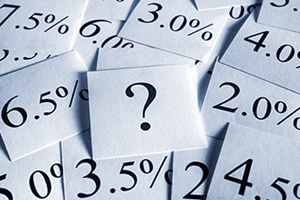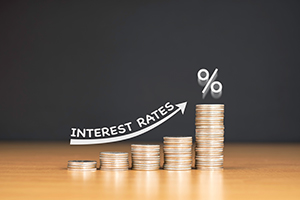One of the topics I get a lot of questions about when speaking to clients is the trade war. They want to know what I think and whether whatever they’ve read in the latest headline will make a big difference. It has been a remarkably consistent question, through all the ups and downs, and the only difference is what exactly the latest headline is. My answer has also been consistent. I think the trade war is a big deal, but the latest headline doesn’t really matter. Why? Because the damage has already been done. It will just take a while to show up.













